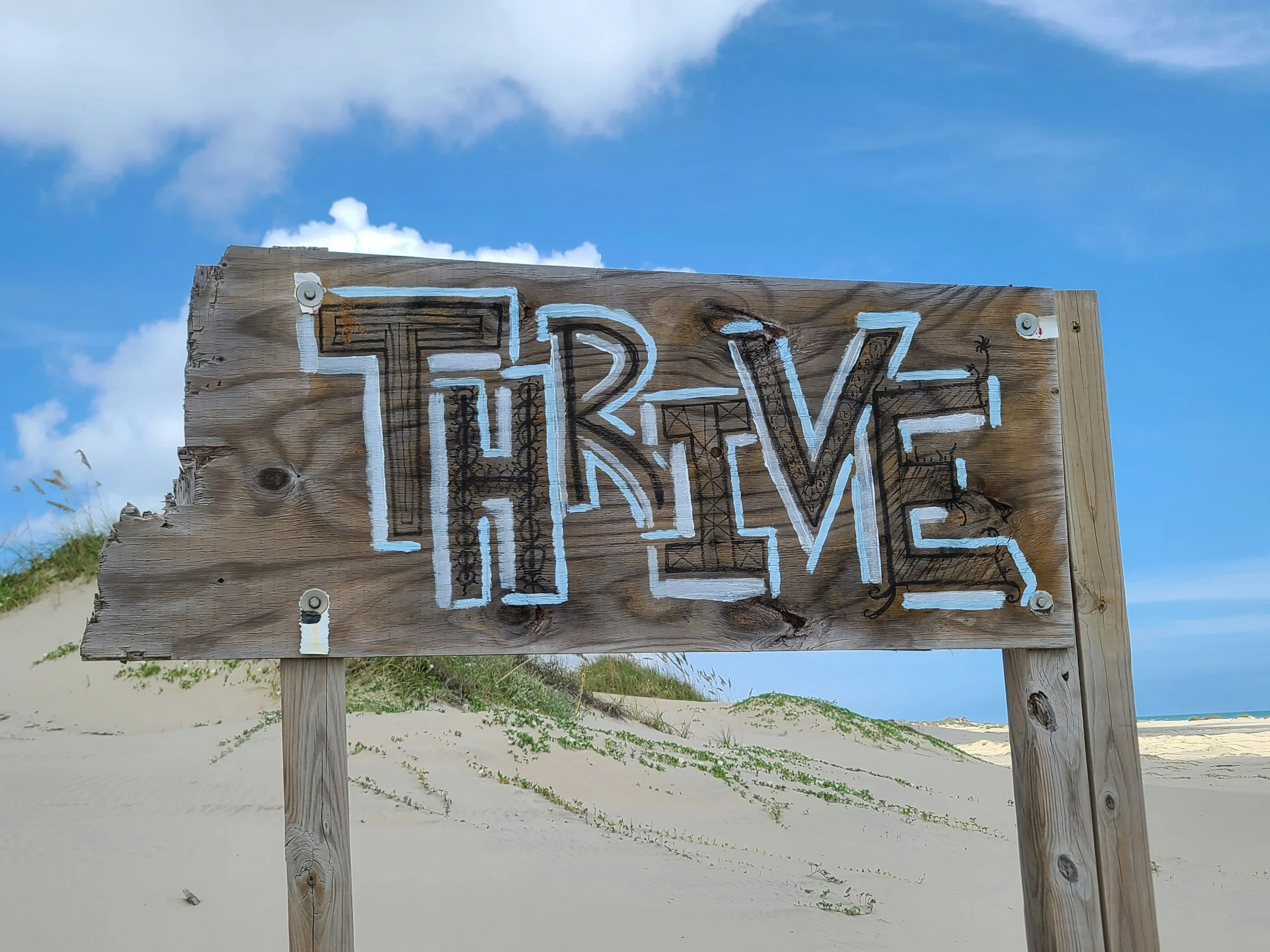Seeking Safe Spaces: The Heart of Effective Learning
Published 5 December 2024
“My favorite teacher in grade school was––actually, I’m going to say it was a tie for my fourth and fifth grade teacher––Such a small school in Iowa! But, Mrs. Holtkamp or Mrs. Cole, and that was fourth and fifth grade. I don’t really remember specifics. It’s hard to remember day-to-day, but the way that we felt in those classes, I just really felt safe and welcome around those teachers.”
Reflecting on the people who made us feel safe and welcome at school brings to mind a powerful truth: learning thrives in environments where students feel supported, valued, and secure. For many of us, it wasn’t a specific lesson plan or project that stood out but rather the emotional connections and the sense of belonging fostered by exceptional educators. These feelings didn’t happen by chance. They were cultivated by teachers who prioritized relationships and saw their students as whole individuals, not just learners.
Creating safe spaces in schools goes beyond ensuring physical safety. It’s about building environments where students feel emotionally secure, respected, and free to express themselves. Research shows that fostering such environments enhances students' ability to focus, engage, and achieve and that “measuring and improving school climate is a practical, prosocial strategy that supports all children and their ability to become healthy, life long learners” (Cohen, 2013, p. 421). A positive school climate is a critical factor in academic success, particularly for marginalized students who may face systemic barriers outside the classroom.
When students feel safe, they are more willing to take risks, share ideas, and engage in collaborative learning. They also develop stronger relationships with peers and teachers, which are essential for long-term success (Harpalani, 2017). Conversely, the absence of safety—–whether due to bullying, exclusion, or an unwelcoming atmosphere—–can severely hinder a student’s ability to learn.
It is part of the duty of school administrators to take consistent action to forge safe and welcoming environments on their campuses. Resources like the CASEL Guide to Schoolwide SEL can guide school leaders in implementing effective strategies to foster inclusive spaces.
Teachers play a pivotal role in creating these nurturing environments. The actions we take every day, from greeting students with a smile to embedding inclusive practices in our lesson plans, send a clear message: "You belong here." Whether it’s through simple gestures like learning how to properly pronounce every student’s name or deeper commitments like advocating for equitable policies, teachers set the tone for how safe and welcome students feel.
One way to foster safety and belonging is through reflective teaching. Asking ourselves questions like, “Who am I not reaching?” or “How do my classroom practices make every student feel seen?” helps us identify blind spots and continually improve. Building safe spaces also involves co-creating classroom norms with students, ensuring their voices are heard and valued.
Five Practical Tips for Fostering Safe and Welcoming Classrooms:
Build Strong Relationships: Take time to learn about your students’ interests, strengths, and challenges. This builds trust and shows that you care about them as individuals.
Model Inclusive Language and Practices: Use names and pronouns correctly, incorporate diverse perspectives into lessons, and ensure materials reflect a variety of cultures and identities.
Create Predictable Routines: Consistent structures and clear expectations help students feel secure and reduce anxiety.
Address Bullying Proactively: Establish and enforce zero-tolerance policies for bullying, and encourage students to be allies for one another.
Seek Student Feedback: Regularly ask students how they feel about the classroom environment and what could make it better. Their input is invaluable in shaping a welcoming space.
Ultimately, the teachers we remember most are those who made us feel like we mattered. By striving to create safe and welcoming spaces, we ensure that our students carry those feelings with them—–just as we do with the educators who shaped us.
Discussion Question
Who was the teacher or mentor that made you feel safe and welcome in school, and what practices can we adopt today to create that same feeling for our students?
Related Posts
-
Cohen, J. (2013). Creating a Positive School Climate: A Foundation for Resilience. In S. Goldstein and R.B. Brooks (eds.), Handbook of Resilience in Children, 411 DOI 10.1007/978-1-4614-3661-4_24, Springer
Harpalani, V. (2017). ‘Safe spaces’ and the educational benefits of diversity.
CASEL. (n.d). The CASEL Guide to Schoolwide SEL. CASEL.org. https://schoolguide.casel.org/how-it-works/




